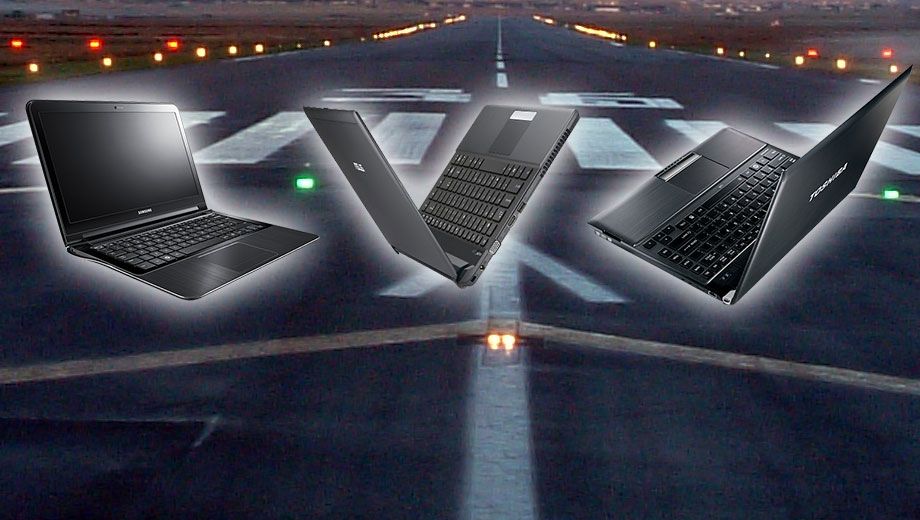Whether you call it an ultraportable, an ultrabook, a thin and light notebook or an ultraportable laptop, your priorities are likely to be the same.
You'll want maximum computing power in the smallest possible package that still lets you work without feeling cramped.
Most business travellers agree that the sweet spot for this type of laptop is in the range of 12" - 14" screen size, weighing less than 2kg and thinner than 2cm.
Many manufacturers try to dress up chunkier and heavier laptops as 'thin and light' ones -- but considering some 15" full-size laptops are only 2.5 kg and 2.5cm thick, we think that's a stretch.
Really thin and light notebooks are not exactly plentiful, as it's evidently quite a manufacturing challenge to shave their size down beyond a certain point.
Here's our pick of the top five currently on the market (or about to be released).
#1 ASUS U36SD
Due to be available within the next six weeks, ASUS' U36SD is among the thinnest and lightest notebooks on the market, at just 1.9 cm thick and 1.6 kg light.
Not only does it use full-speed Intel Core chips (not the 'ultra low voltage' versions that trade speed for longer battery life), it's one of the only ultra-thin notebooks we're aware of that can be ordered with a quad-core Core i7 processor in it.
#2 Sony Vaio Z
The thinnest notebook in the world with a full power Intel Core i7 chip in it -- the Sony Vaio Z is a waif at just 1.67cm thin, and an incredible 1.16kg light.
It's also the only 13.3" notebook we're aware of that packs a full 1920x1080 high definition display -- which means you can fit an amazing amount on the small screen, provided your eyes are good enough. Otherwise, you can scale things up in Windows 7 for crisp rendering of fonts and windows.
The Vaio Z would be at the top of our list, except for the fact that the Australian version is a bit odd: Sony is providing the "Power Media Dock 2" as standard, which means everyone has to pay for it whether they need it or not, and the Australian model also has no inbuilt 3G option, unlike the overseas models.
#3 Samsung Notebook Series 9
It's great to see real design innovation in the PC space -- it's a shame that so many laptops are still made in corporate black plastic. The Samsung Notebook Series 9 uses brushed "duralumin", an aircraft-grade metal that's twice as strong as aluminium.
Ditching plastic has allowed Samsung to shave this notebook down to 1.63cm at its thickest point, and it tips the scales at just 1.31 kg.
However, it does make one compromise: it only uses the reduced-speed Intel Core i5 chip at its heart, to keep heat output down.
#4 Acer Travelmate 8481
A carbon fibre chassis has allowed Acer to get this Windows notebook down to 1.8cm at its thinnest point (though it creeps over the 2cm mark at the thickest point -- 2.2cm). It's very light at 1.66 kg, too.
Its impressively thin screen (just a few millimetres thick) is one of the first on the market to use LG's Shuriken display.
Despite the notebook's ultra-thin form factor, it still uses full-power Intel Core i3, i5 and i7 processing chips, rather than the slowed-down versions used in some small laptops.
It's due to be released in August.
#5 Toshiba Portege R700
Although the Portege R700 isn't quite as thin as some of the notebooks here, hitting 2.57cm at its thickest point, it's still amazingly light at just 1.29kg.
It's also available in many different configurations, including the option of getting an inbuilt 3G modem, which makes it super-easy to connect to the net while you're overseas -- simply slip a prepaid SIM from a foreign mobile network in and start using the net.
It's also one of the few ultra-portable laptops on the market that still has an optical drive in it.



.jpg)



Hi Guest, join in the discussion on Top 5 thin and light Windows laptops